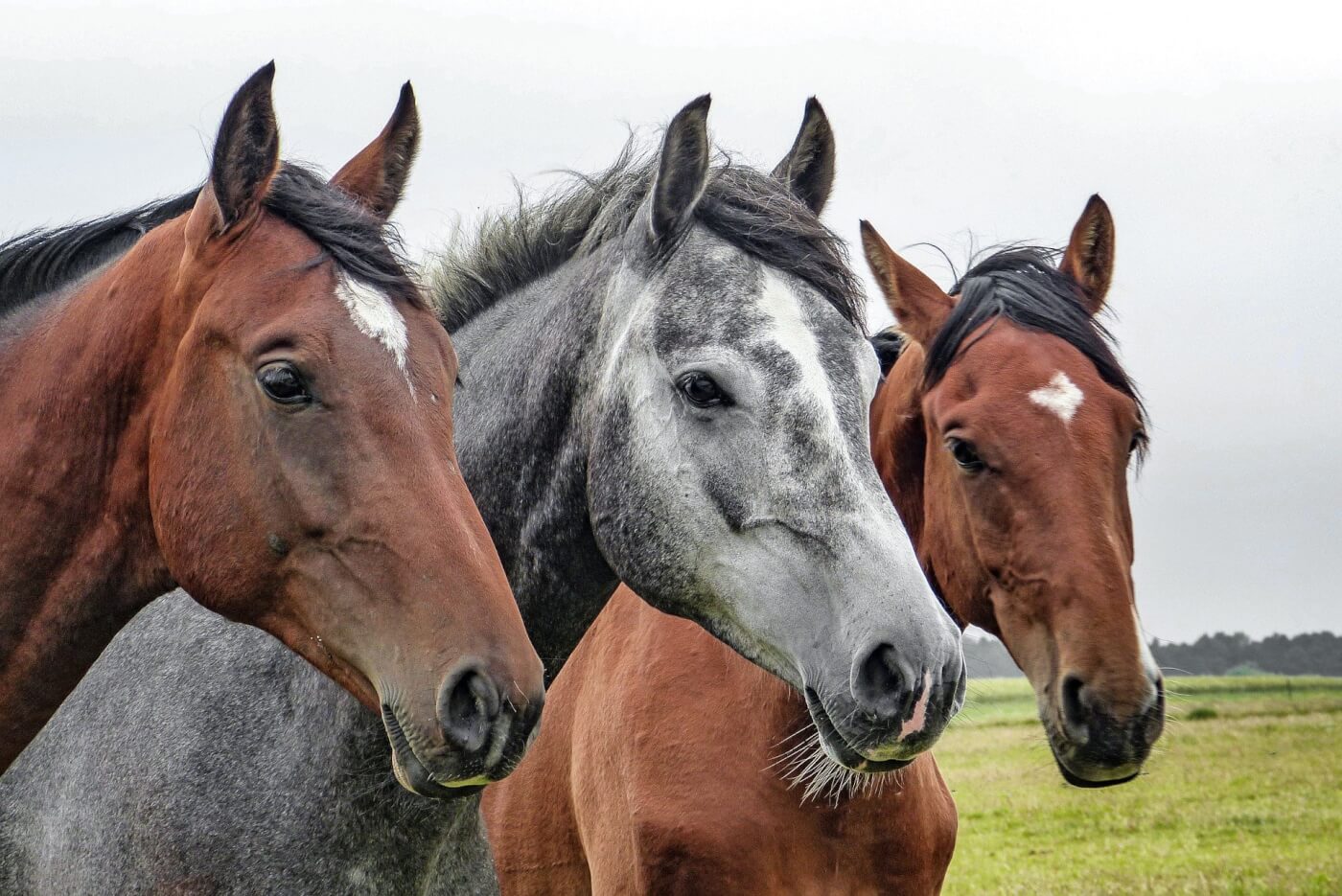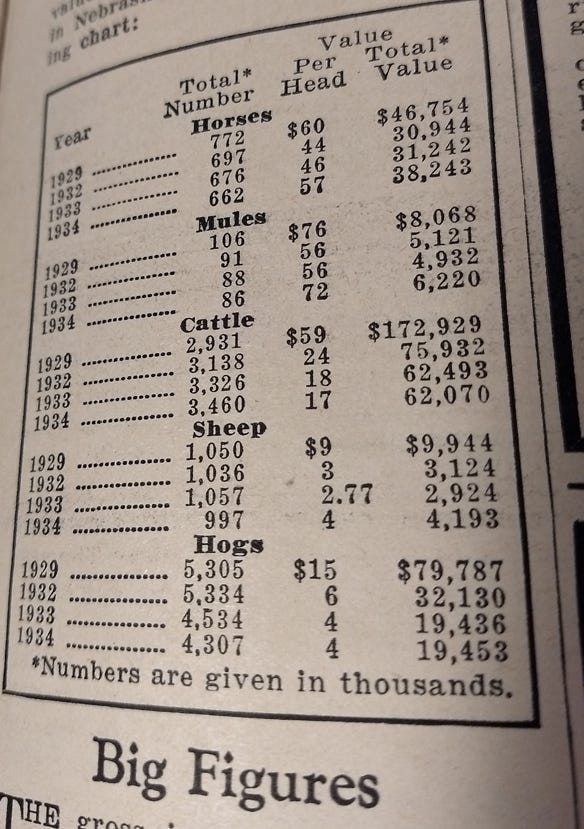The Decline of Working Horses: Mechanization’s Impact

Working horses were once indispensable to agriculture, transportation, and industry. However, the advent of mechanization in the 19th and 20th centuries dramatically transformed these sectors, leading to a significant decline in the use of horses for labor. This article explores the causes, effects, and legacy of this transition.
Introduction

For centuries, horses were the backbone of human labor, powering farms, pulling carriages, and supporting industrial activities. The rise of mechanized technology, such as tractors and automobiles, gradually replaced horses, reshaping economies and societies worldwide.
Historical Context
| Era | Role of Working Horses | Mechanization Milestones |
|---|---|---|
| Pre-Industrial Age | Primary source of power in agriculture | Limited mechanization, horse-drawn tools |
| 19th Century | Expansion in transportation and farming | Introduction of steam engines and early tractors |
| Early 20th Century | Peak use of horses in WWI and agriculture | Mass production of automobiles and tractors |
| Mid-20th Century | Rapid decline in horse labor | Widespread adoption of mechanized vehicles |
Causes of Decline
- Technological Advancements: The invention and improvement of internal combustion engines made tractors and trucks more efficient and cost-effective.
- Economic Factors: Mechanized equipment reduced labor costs and increased productivity.
- Urbanization: Growing cities required faster, more reliable transportation than horses could provide.
- Changing Agricultural Practices: Larger farms and industrial agriculture favored mechanized machinery.
Impact on Society and Economy
- Labor Shift: Workers transitioned from animal care to machine operation and maintenance.
- Environmental Changes: Reduced reliance on horses decreased the need for feed crops but increased fossil fuel consumption.
- Cultural Effects: The decline of horses altered rural lifestyles and traditions.
Legacy and Modern Use
While working horses have largely been replaced, they remain important in certain regions and industries, such as:
- Small-scale farming
- Forestry
- Tourism and recreation
Additionally, horses continue to hold cultural and historical significance.
FAQ
Q1: When did mechanization start to replace working horses?
A1: Mechanization began in the late 19th century but accelerated in the early to mid-20th century with the mass production of tractors and automobiles.
Q2: Why were horses replaced by machines?
A2: Machines offered greater efficiency, speed, and cost-effectiveness compared to horses.
Q3: Are working horses still used today?
A3: Yes, in some rural and specialized contexts, working horses are still employed.
Conclusion
The decline of working horses marks a significant chapter in the history of human labor and technological progress. Mechanization brought profound changes, improving productivity but also transforming social and environmental landscapes. Understanding this transition helps appreciate both the legacy of working horses and the ongoing evolution of labor technologies.
This article is optimized for SEO with relevant keywords such as “working horses,” “mechanization,” “agriculture,” and “industrial revolution.”
